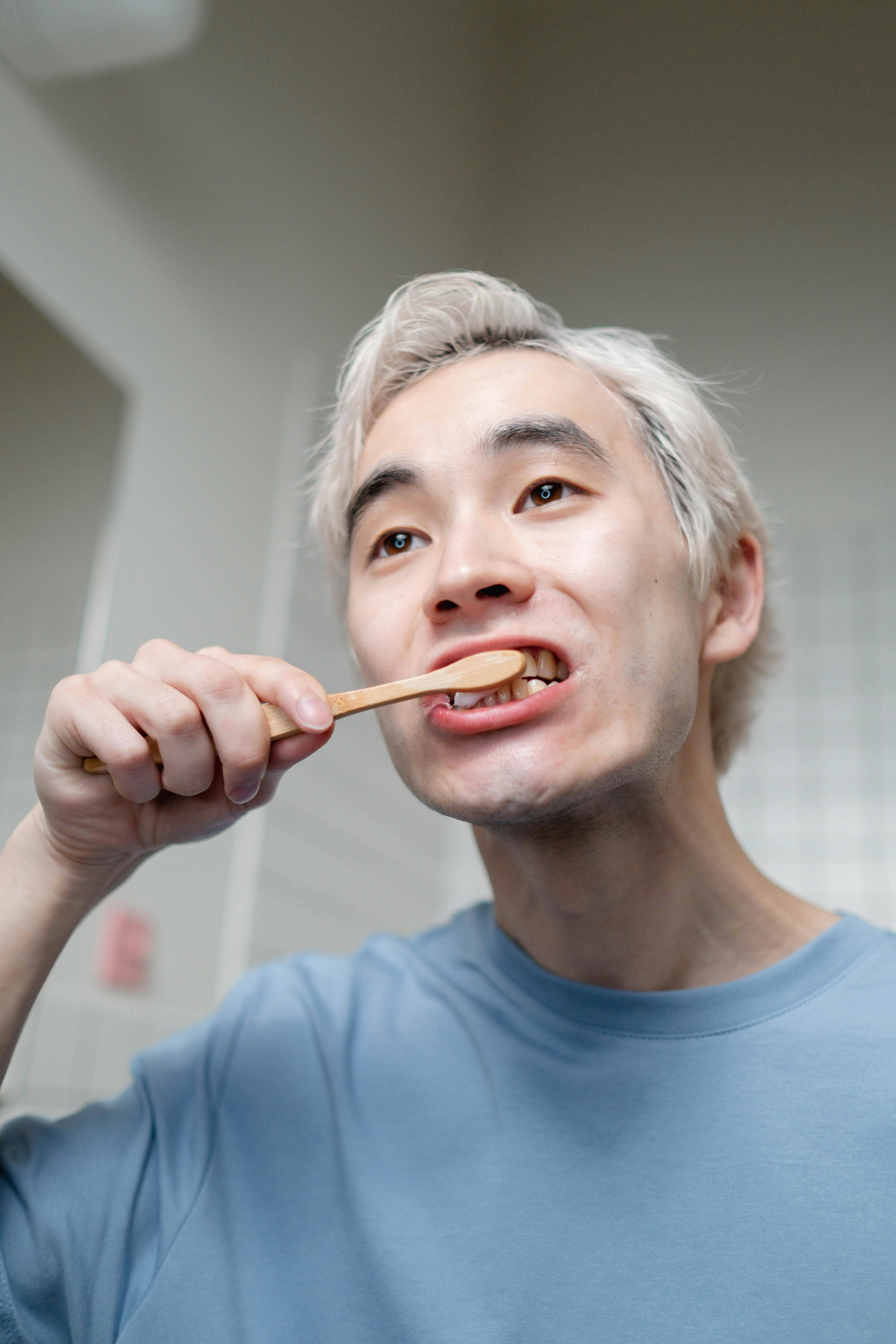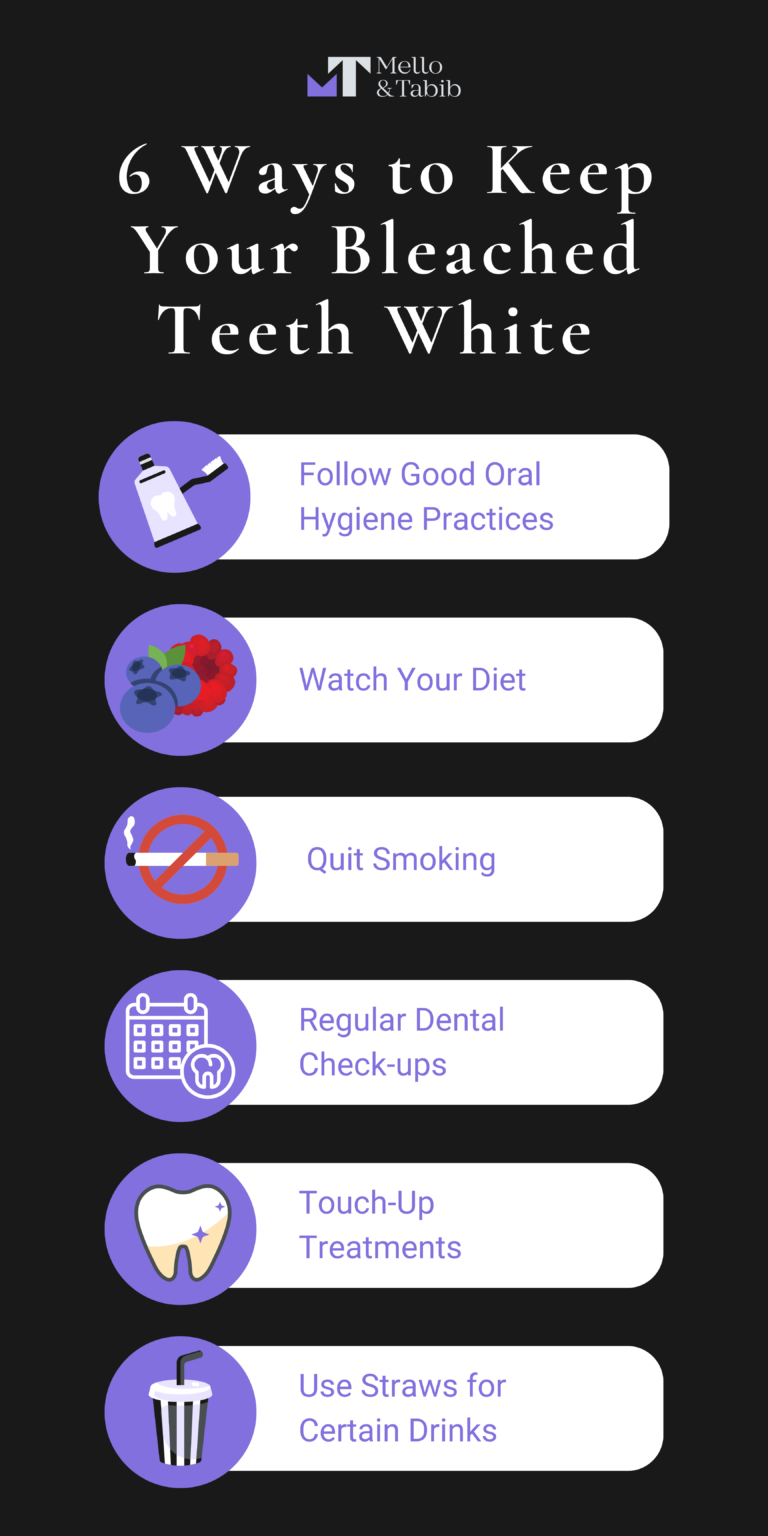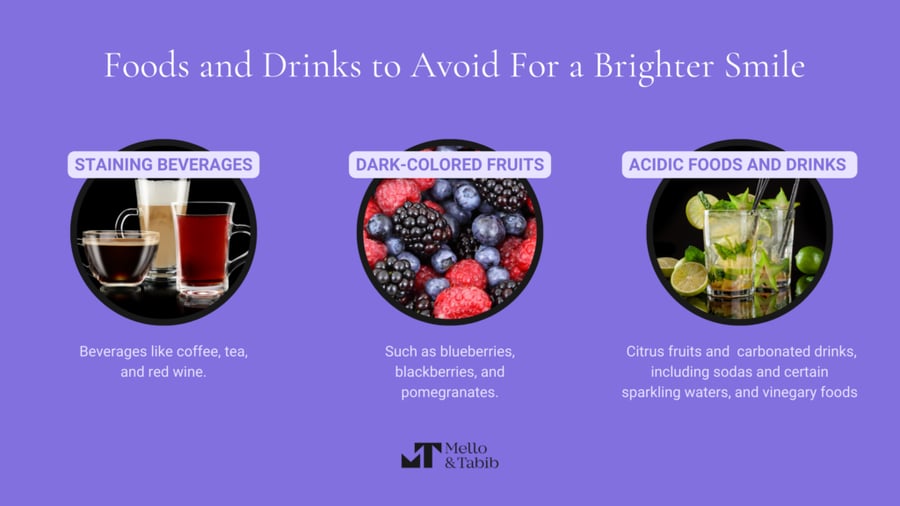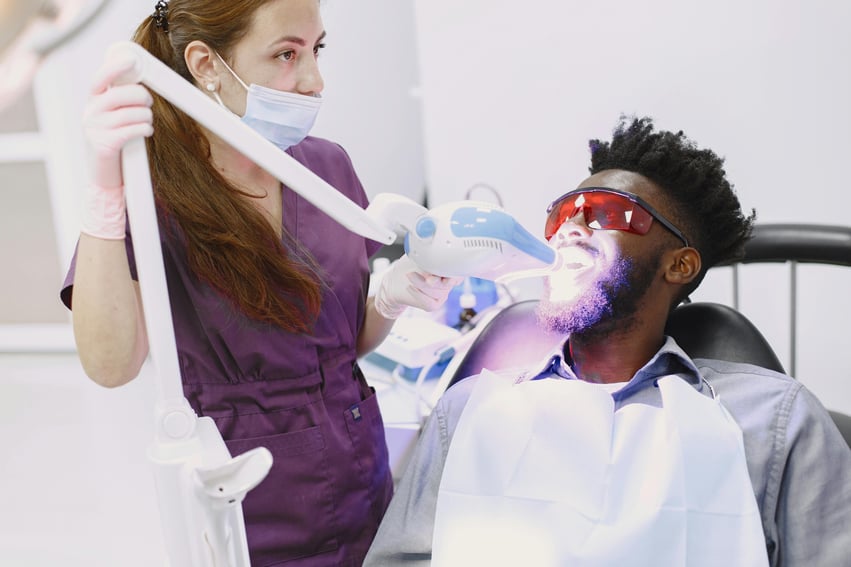How Do I Keep My Bleached Teeth White?
January 24th, 2024
4 min read

Achieving a brighter smile through teeth bleaching is a great confidence booster, but maintaining that sparkle is just as important. If you’ve recently undergone a teeth bleaching or whitening procedure, you might be wondering how to keep your teeth looking their best.
At NYC Smile Design, we’ve seen the joy that a brightened smile brings to our clients, and we understand the importance of preserving that new radiance. We’ll share effective strategies and tips to keep your whitened teeth sparkling for years to come.
This blog offers practical advice on how to sustain the results of your teeth bleaching treatments and prevent future discoloration, helping you enjoy long-lasting smile enhancements.
6 Ways to Keep Your Bleached Teeth White
Now that you’ve achieved that dazzling white smile through teeth bleaching, the next important step is to maintain its brilliance. While the initial treatment is crucial, the efforts you put in afterward play a significant role in preserving your smile’s newfound luster. In the following section, we will explore six effective strategies that are key to keeping your bleached teeth white. These tips range from simple daily habits to professional dental care practices, all aimed at ensuring your teeth stay as bright and beautiful as the day they were whitened. Let’s dive into these practices to help you sustain your sparkling smile.

1. Follow Good Oral Hygiene Practices
One of the most important steps in keeping your teeth white and bright after bleaching is to follow good oral hygiene practices consistently. It’s essential to brush your teeth at least twice a day, ideally for two minutes each time. This helps to remove any food particles and plaque that can lead to staining. A soft-bristled toothbrush is recommended to avoid damaging your tooth enamel or gums.
When it comes to toothpaste, using a whitening toothpaste can be particularly beneficial. These kinds of toothpaste often contain mild abrasives or chemicals that help to remove surface stains from your teeth, maintaining the whiteness achieved through bleaching. Some popular options include Colgate Optic White, Crest 3D White, and Sensodyne Pronamel Gentle Whitening. However, it’s important to choose a toothpaste that’s not too abrasive, as some whitening toothpaste can wear down enamel over time.
Flossing daily is equally important. It removes plaque and food particles from between your teeth where your toothbrush can’t reach. This helps prevent staining in those areas and maintains overall oral health.
2. Watch Your Diet
The foods and drinks you consume play a big role in maintaining the whiteness of your bleached teeth. Certain items are notorious for causing stains, and being mindful of them can help keep your smile bright.
Beverages like coffee, tea, and red wine are well-known for their staining abilities. They contain color pigments called chromogens that attach to the enamel of your teeth, leading to discoloration over time. If you enjoy these drinks, consider reducing your intake. If giving them up isn’t an option, try to brush your teeth about 30 minutes after consuming them to minimize staining. This waiting period allows your saliva to neutralize the acids and helps to protect your enamel from abrasive brushing.
Dark-colored fruits, such as blueberries, blackberries, and pomegranates, can also stain your teeth. While they are nutritious, their strong pigments can leave marks on your bleached teeth. Enjoy these fruits in moderation, and consider brushing or rinsing your mouth afterward. Also, foods that contain curry, turmeric, and dark sauces like soy or teriyaki can stain your teeth as well.
Acidic foods and drinks pose another challenge as they can weaken your enamel, making your teeth more susceptible to staining. Citrus fruits like lemons, limes, oranges, and grapefruits are high in acid. Carbonated drinks, including sodas and certain sparkling waters, and vinegary foods like pickles and some salad dressings, also fall into this category. Consuming these items less frequently and rinsing your mouth with water after having them can help mitigate their effects on your enamel.

3. Quit Smoking
Smoking is one of the major culprits when it comes to teeth discoloration. Tar and nicotine found in cigarettes can cause significant staining. If you smoke, consider quitting not just for the sake of your teeth, but for your overall health.
4. Regular Dental Check-ups
Regular visits to your dentist are essential for maintaining your dental health and keeping your teeth white. Dentists can remove plaque and tartar that you can’t clean yourself, and they can spot and treat issues like cavities or gum disease that can affect the color of your teeth. Additionally, professional cleanings can help maintain the brightness of your smile.
5. Touch-Up Treatments
Maintaining the brightness of your teeth after bleaching is a continuous process. Despite following all the best practices for oral care and diet, it’s natural for some discoloration to gradually return over time. This is where touch-up treatments come into play, acting as a refresh for your smile.
Touch-up treatments are specifically designed to combat the gradual yellowing or staining that can occur after your initial whitening procedure. The frequency and type of these touch-ups largely depend on the original whitening method used and your individual lifestyle factors, such as diet and oral hygiene habits. A good rule of thumb is to schedule touch-up treatments every 6 months.

If you originally used professional in-office bleaching, your dentist might recommend a shorter in-office treatment as a touch-up. These sessions typically use a stronger bleaching agent and can quickly restore the brightness of your teeth. On the other hand, if you used at-home whitening trays, your dentist might provide you with a new supply of whitening gel to use with your existing trays. This option offers the convenience of doing the touch-up treatment at home on a schedule that suits you.
6. Use Straws for Certain Drinks
When drinking beverages that can stain your teeth, like coffee, tea, or soda, using a straw can help by reducing the amount of liquid that comes in contact with your teeth. This simple habit can make a big difference in keeping your teeth white.
Conclusion: A Lasting Bright Smile
Keeping your bleached teeth white involves a combination of good dental habits and lifestyle choices. By following these tips, you can enjoy the benefits of your teeth whitening treatment for longer and ensure that your smile remains as bright and beautiful as possible. Regular dental check-ups and touch-up treatments are key to maintaining your new, radiant smile.
If you’re looking to extend the life of your bleached teeth or considering a whitening treatment for the first time, scheduling a consultation is a great first step. Our team is here to provide personalized advice and care plans tailored to your unique dental needs. Contact us to schedule a consultation and keep your smile shining brightly.
Topics:

